No kimchi?!
We revisit a comic from several years ago. This was when we were still living in Australia and I forgot to put kimchi on the table. As we mentioned in the video, Hugh obsesses about kimchi a lot more when he is not in Korea. He doesn’t eat it every day in Korea but in Australia has this desire to always eat it. It might seem like just a stereotype but it’s very important to Koreans!
Many older Koreans don’t consider a meal to be a real meal without rice and kimchi. So if they eat out and eat some type of foreign food they will still come home and eat some rice and kimchi. This type of ingrained thinking is possibly why it’s taken so long for foreign food to become popular in Korea, because there is a very strong cultural thinking of what a meal should be. Although many younger Koreans embrace all kinds of food, they have trouble convincing their parents to try new stuff and when older Koreans go on trips to another country they will try and take Korean food with them, rather than trying anything new.
In Australia it was easy to buy kimchi in Sydney and when we were in my home town I would make it for Hugh. These days we usually have too much kimchi as Hugh’s mother will send us kimchi. We still eat out a lot so we eating it several times a week even if we don’t have any at home. I’ve tried so many types of kimchi I know which ones I like and how fermented I prefer kimchi to be.
Making kimchi can be a lot of work and usually needs to be done over 2 days. If you are making kimchi for the first time I recommend reading a variety of recipes online several times so you understand all the steps. Also be aware that it will give off a strong smell in your fridge!
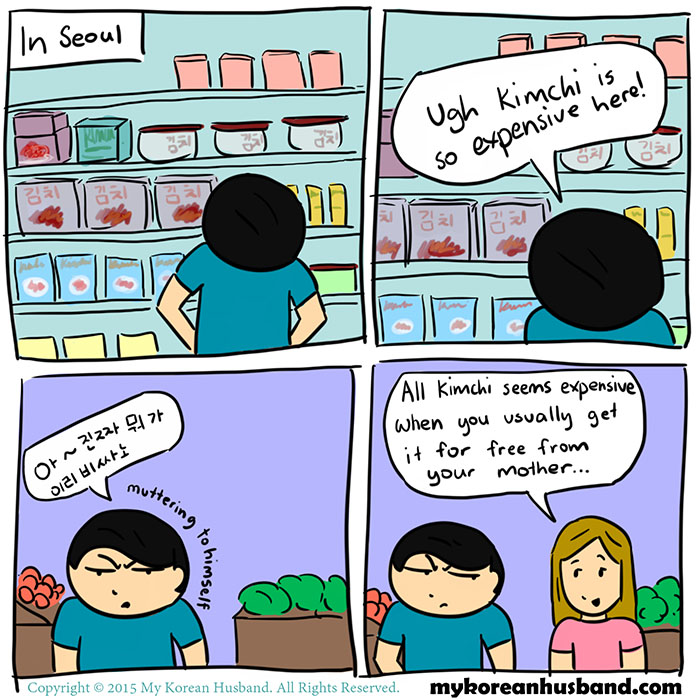

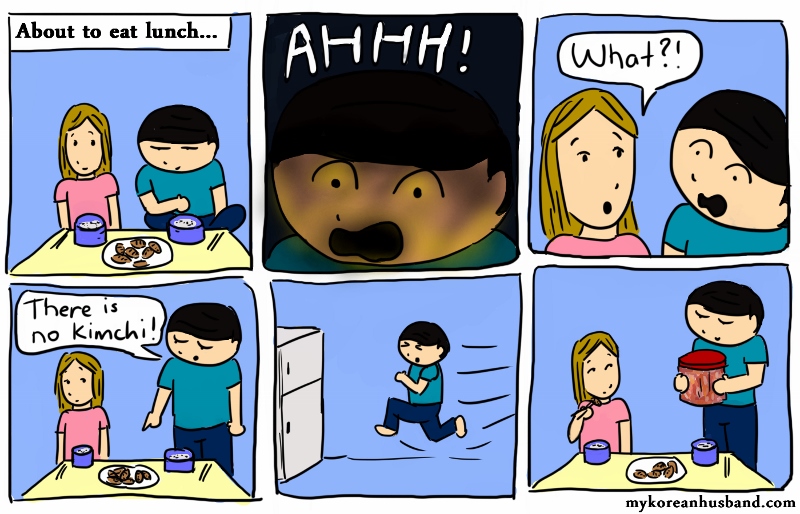
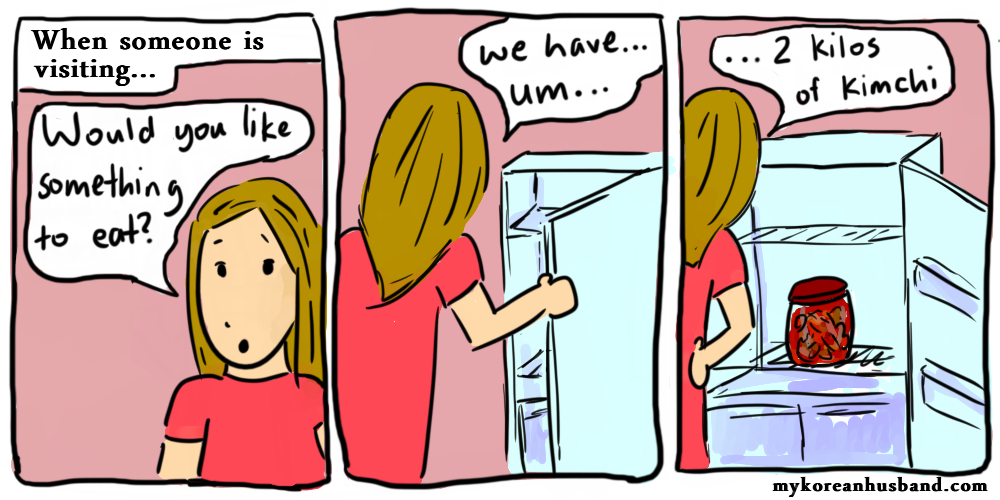

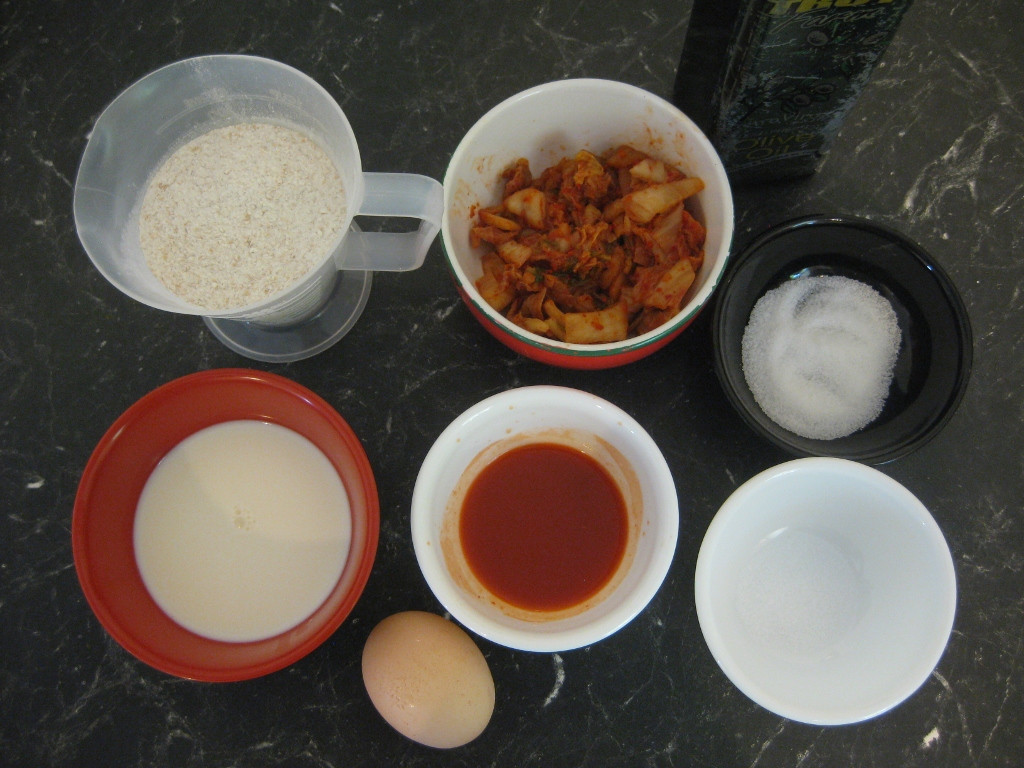
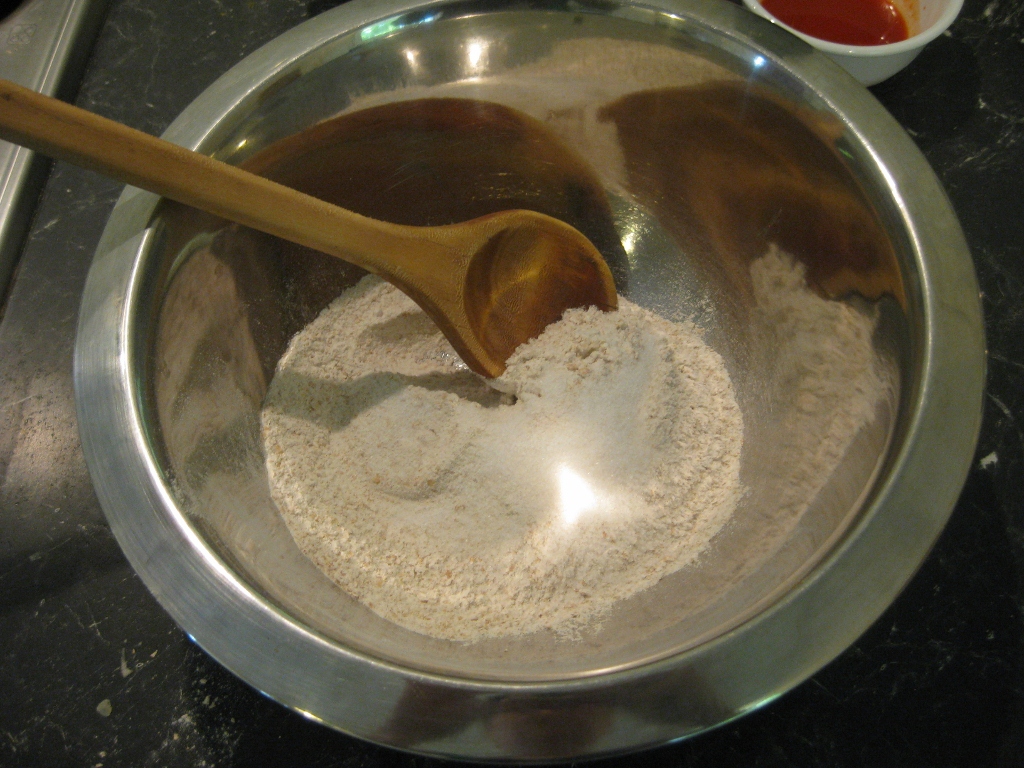
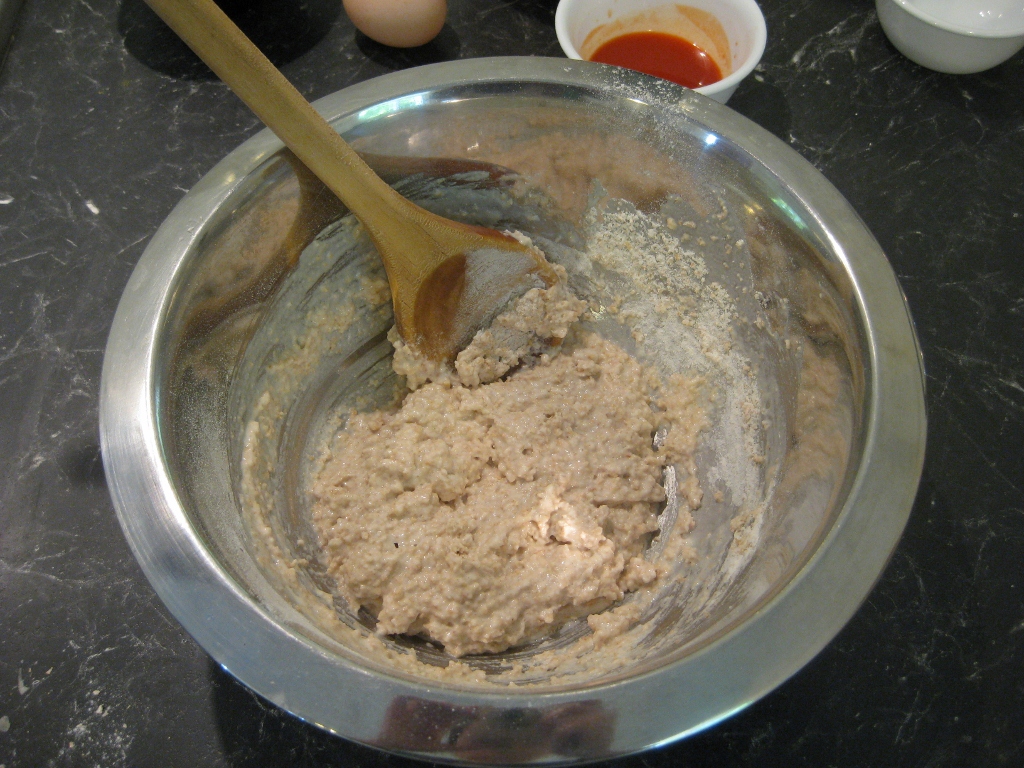
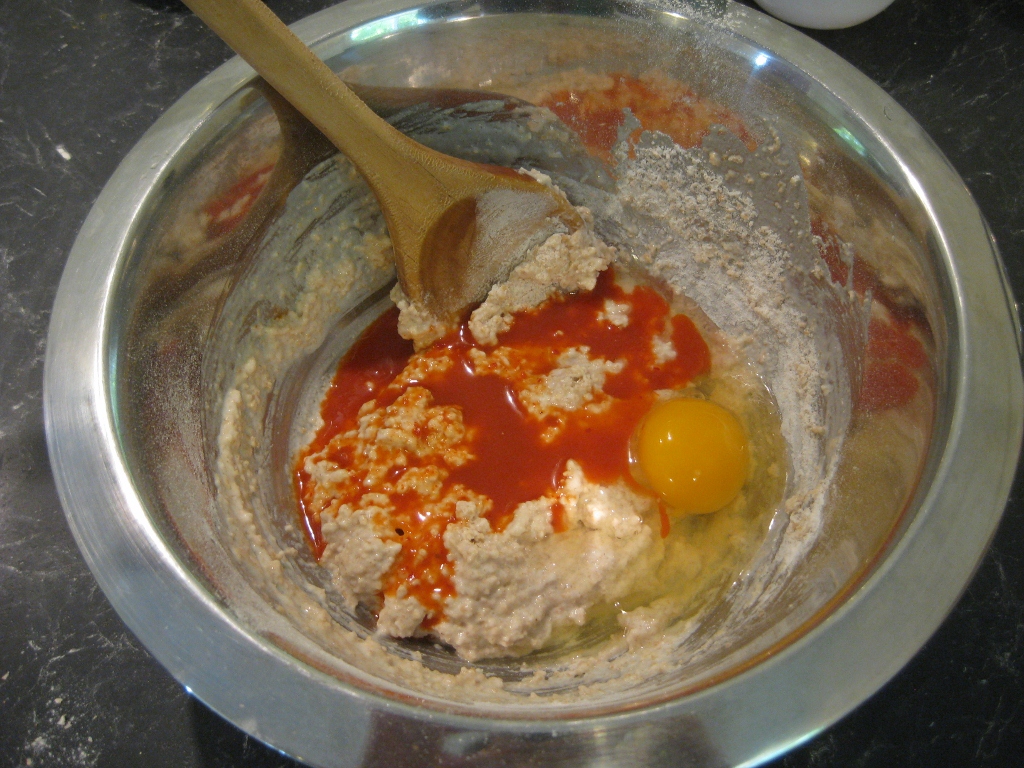
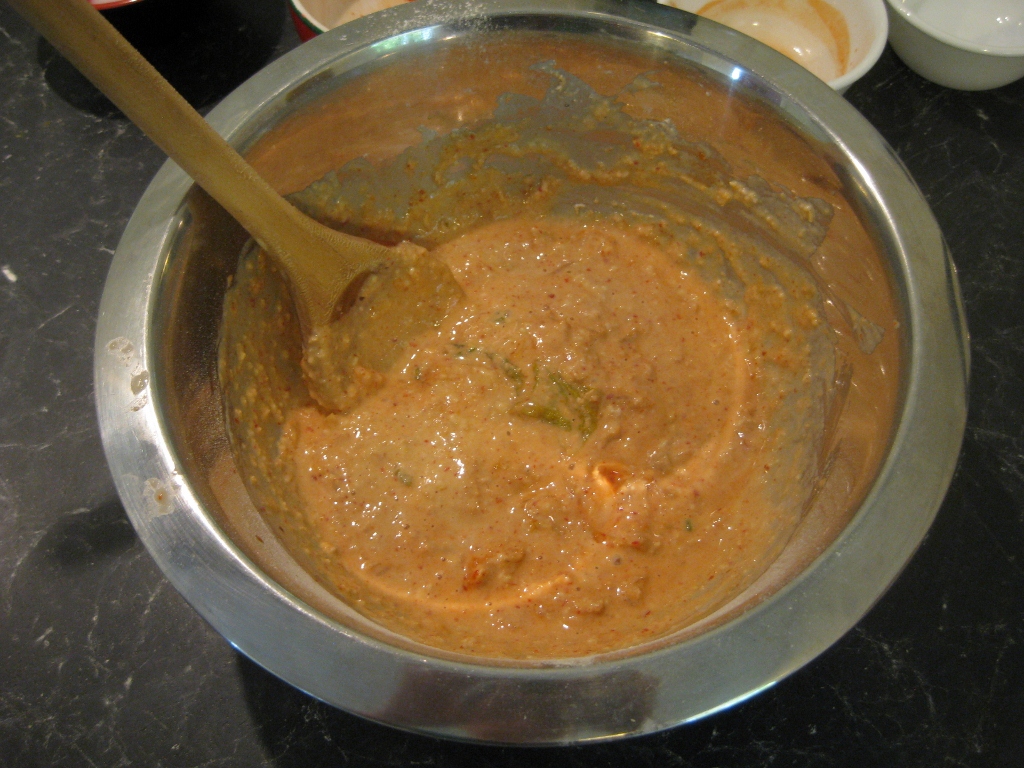
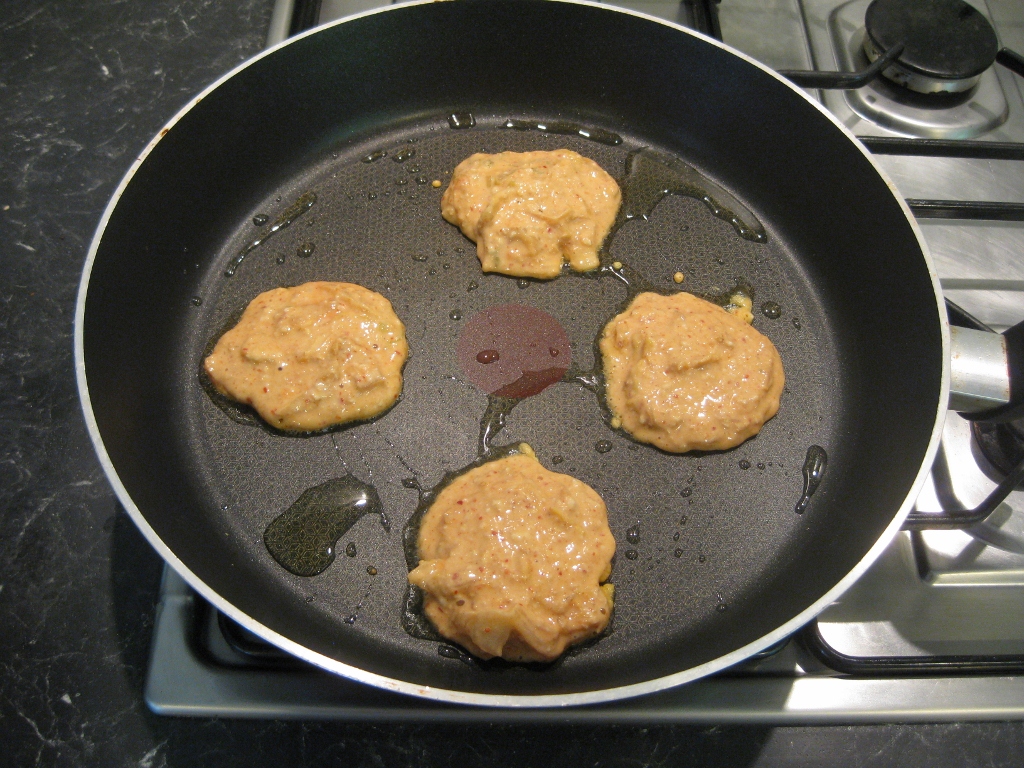
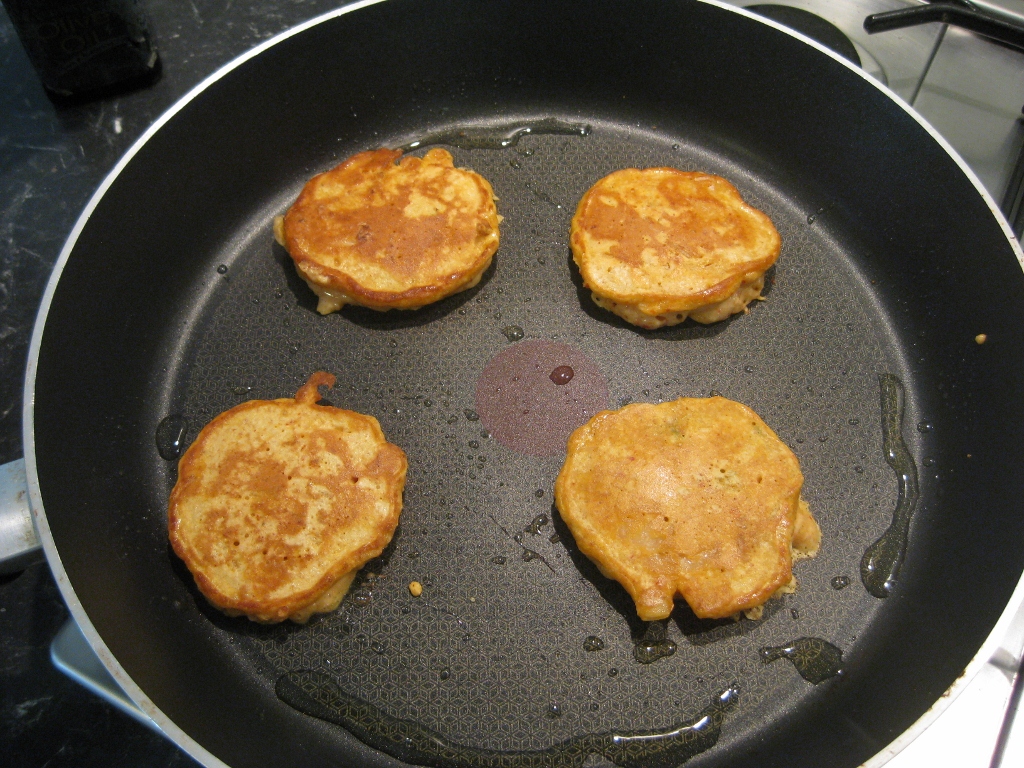
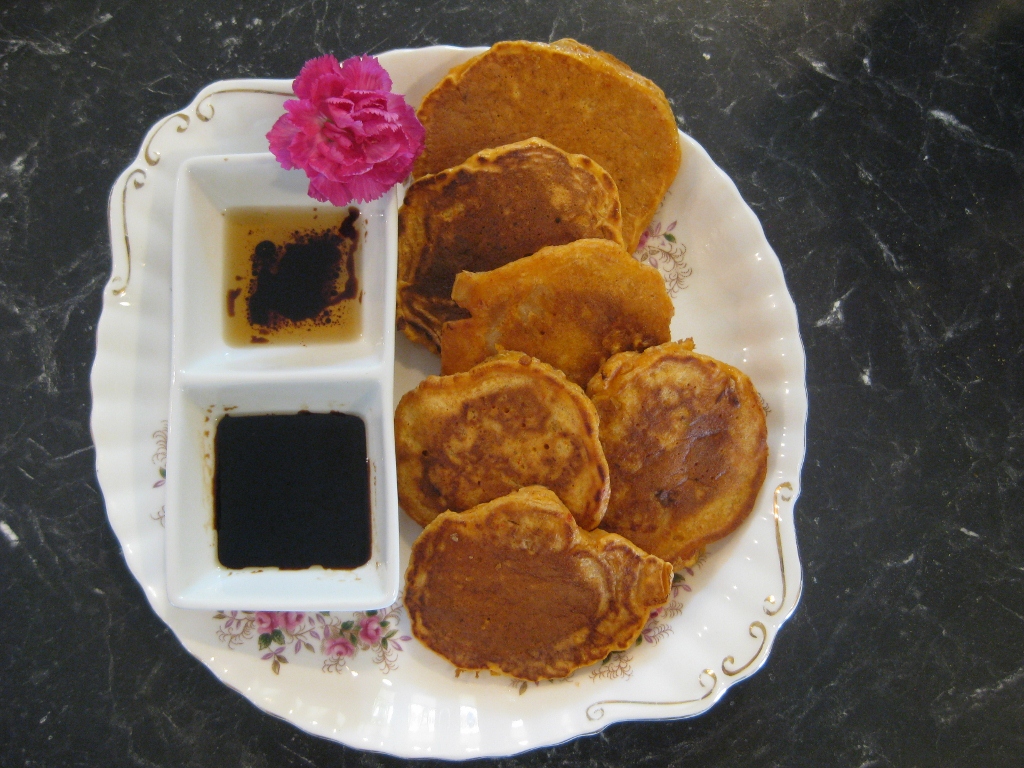

Recent Comments